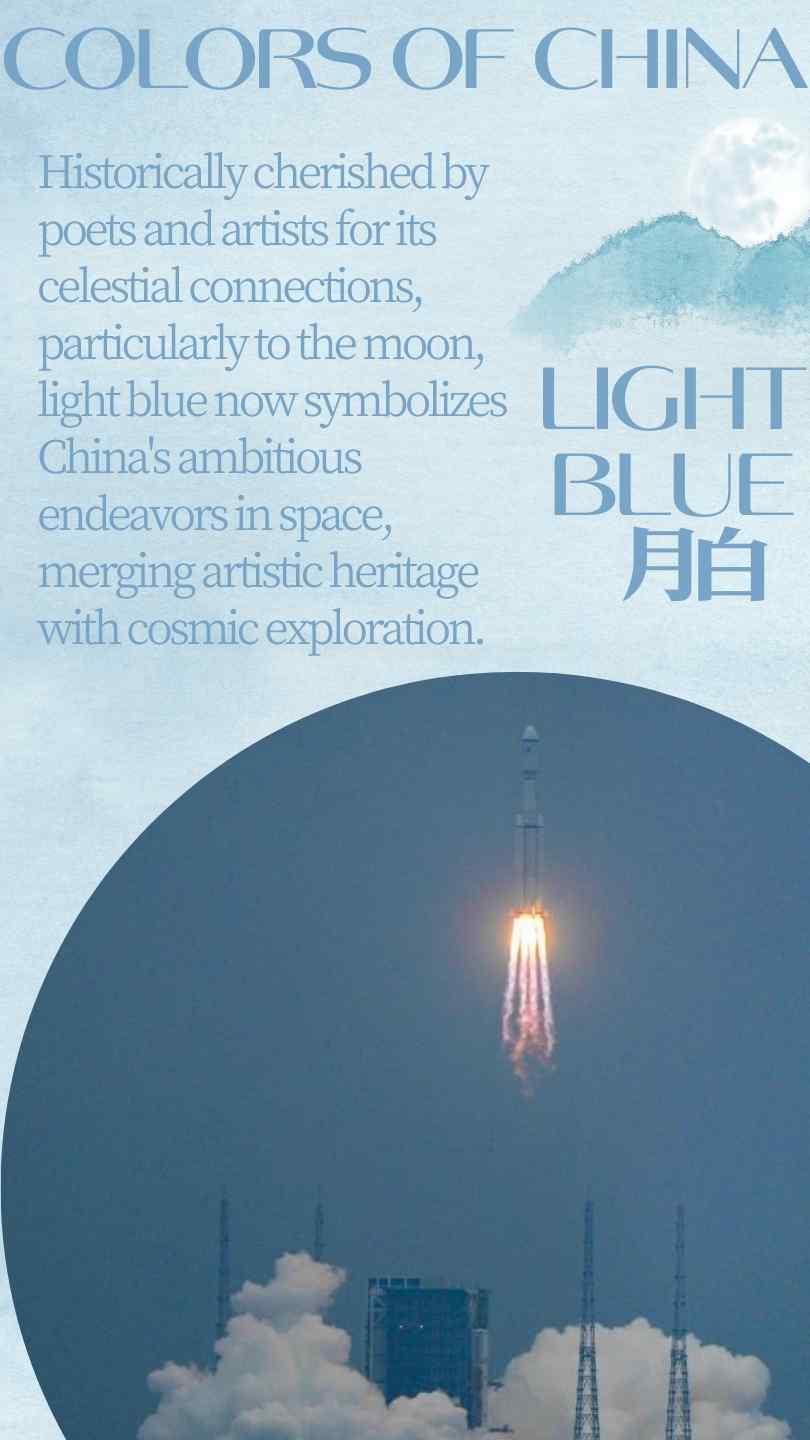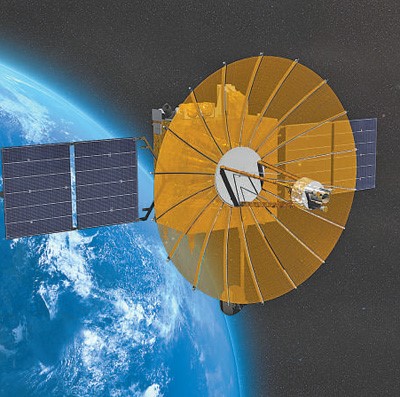

In Chinese culture, light blue is more than just a color — it's a profound expression, a sentiment interwoven with the nation's identity. Historically used by poets and artists to convey their deep affection for the cosmos, particularly the moon, this hue has evolved to symbolize China's bold strides in space exploration, linking artistic tradition to cosmic ambition.
Throughout history, light blue in Chinese art captured the moon's essence, symbolizing peace and curiosity. This tranquil hue, reflecting the night sky's vastness, served as a medium to revere and contemplate the celestial. The cultural connection extends to astronomical observations noted in ancient texts like the "Book of Changes" and is celebrated in festivals such as the Mid-Autumn Festival, where moon worship underscores unity and prosperity. Esteemed poets Li Bai and Du Fu celebrated the moon in their works, embedding this celestial body in the nation's spiritual and intellectual fabric.

The Long March-8 Y3 carrier rocket, carrying the Queqiao-2 relay satellite, blasts off from the Wenchang Space Launch Site in south China's Hainan Province, March 20, 2024. (People's Daily Online/Zhang Mao)
This deep-rooted lunar connection has strongly influenced China's modern space endeavors. The historical appreciation of the moon's light blue now inspires the nation's lunar exploration programs, transforming artistic passion into a scientific pursuit. China's lunar missions, particularly the ambitious fourth phase of its exploration program, are laying the groundwork for the International Lunar Research Station, with missions like Chang'e-4 through Chang'e-8 paving the way for future exploration.
China's lunar exploration has entered a new era with the launch of the Queqiao-2 relay satellite, a critical component for Earth-Moon communication, signaling a major leap in the fourth phase of its lunar exploration efforts. Named after the legendary magpie bridge in Chinese mythology, this satellite serves as a metaphorical bridge, connecting not only Earth and the moon but also encouraging connections between China and the international scientific community.
China is committed to international collaboration in space exploration, recognizing the moon's universal value and heritage. The country actively seeks partnerships with other nations to further its cosmic ambitions. A recent example of this collaborative spirit is the signing of two memorandums of understanding with Thailand, which focus on joint efforts in the peaceful exploration of outer space and participation in the International Lunar Research Station project. These partnerships showcase China's approach to space exploration, which is based on cooperation, knowledge sharing, and collective advancement in understanding the universe.

Photo shows an illustrative rendering of China's Queqiao-2 relay satellite, designed for Earth-Moon communications. (Photo courtesy of the China National Space Administration)
China's ethos of collaboration in space exploration is not just about advancing its own ambitions but also about contributing to a global community dedicated to unraveling the mysteries of the cosmos. Through partnerships with international space agencies and research institutions, China is sharing its achievements and challenges in lunar exploration, fostering a model of cooperation that mirrors the interconnectedness symbolized by the color light blue in traditional Chinese culture.
The transition from the artistic use of light blue to represent the moon to its symbolic association with China's lunar missions illustrates a blend of cultural heritage and technological innovation. This evolution reflects China's ongoing dedication to cosmic exploration, bridging the ancient cultural respect for the moon with contemporary scientific endeavors.
The first training camp of the Center of Innovation and Maritime Excellence, supported by Chinese companies, was opened Thursday in Djibouti City, the capital o...